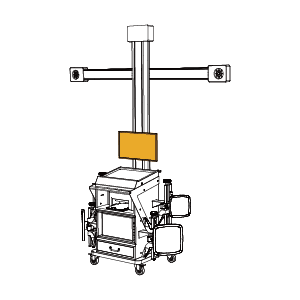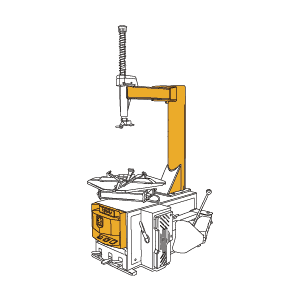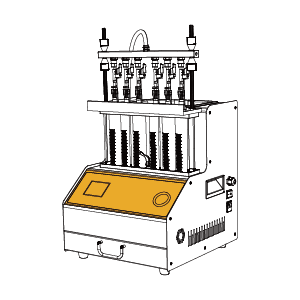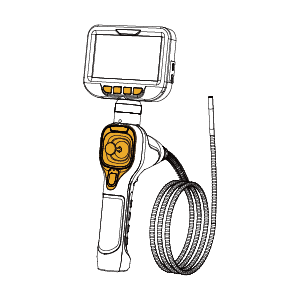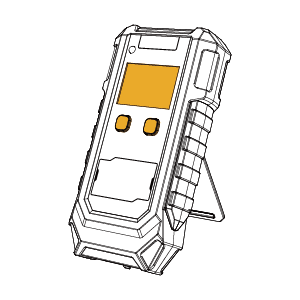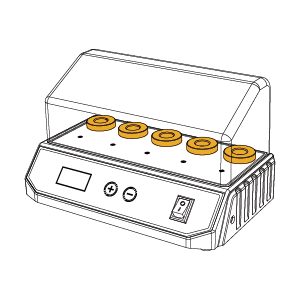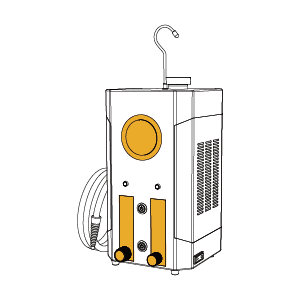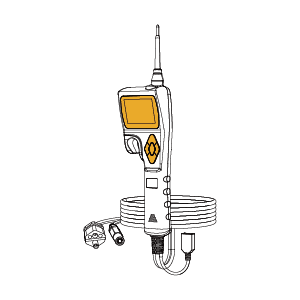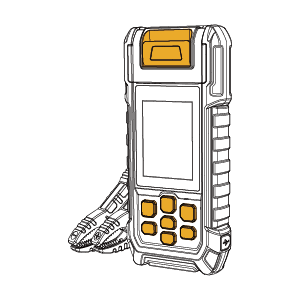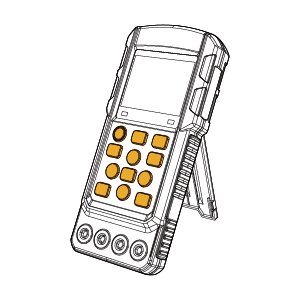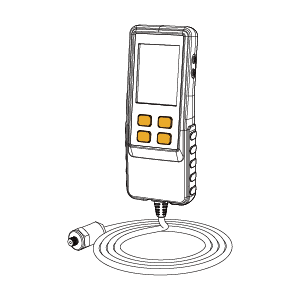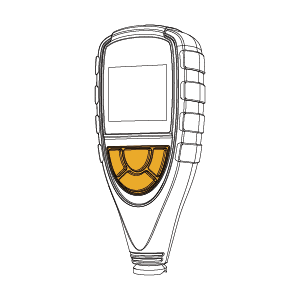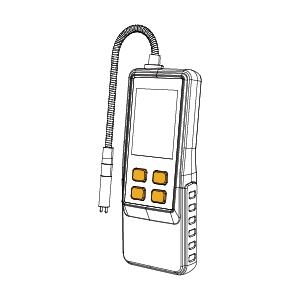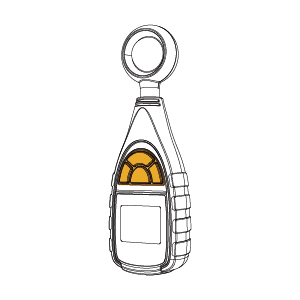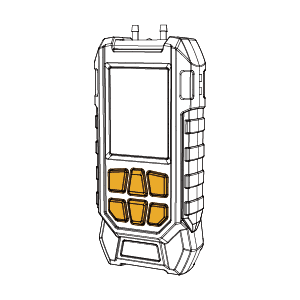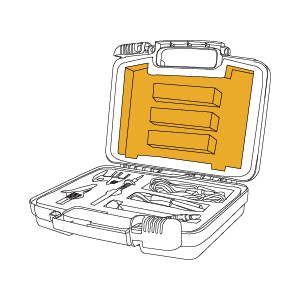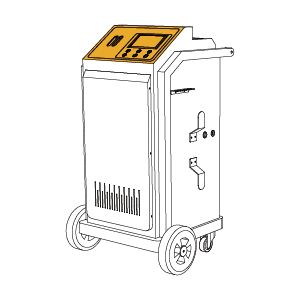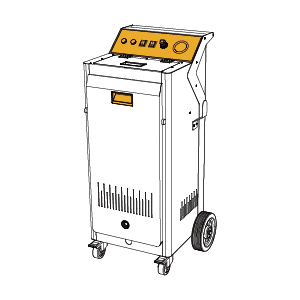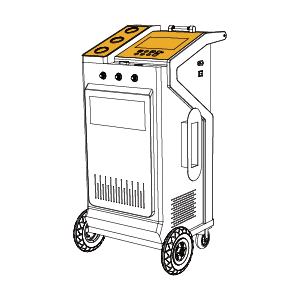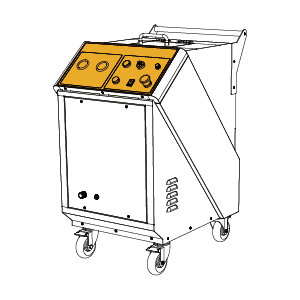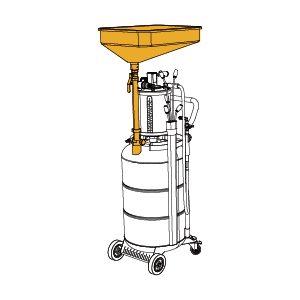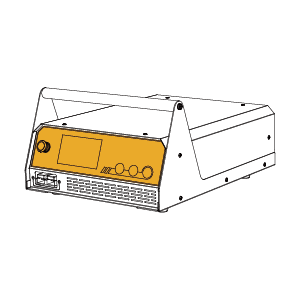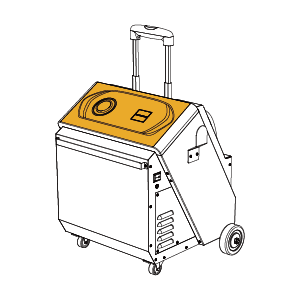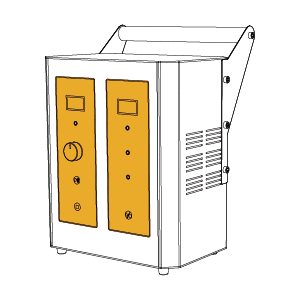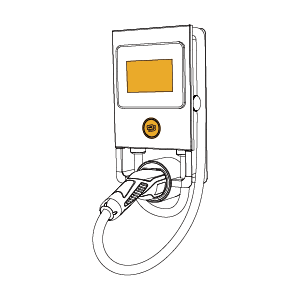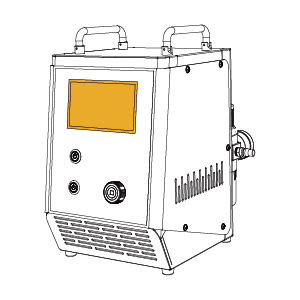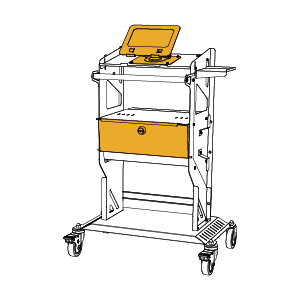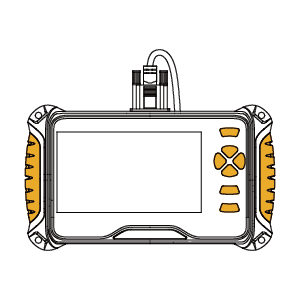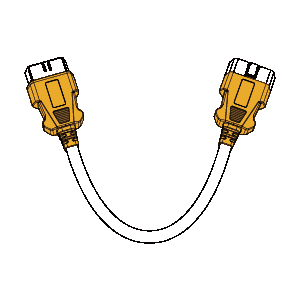AUTOOL Blog, Tech Trends
How To Check Transmission Fluid Without A Dipstick
Imagine that your car suddenly starts shifting roughly, the engine makes strange noises, or even shows a “Transmission Overheating” warning. Don’t worry—this doesn’t necessarily mean the transmission is damaged. Sometimes, the issue is simply that the transmission fluid level is too low. However, many new models have eliminated the traditional transmission fluid dipstick to prevent user mistakes. So, how can owners check the transmission fluid without a dipstick? This article will share some tips on how to check transmission fluid without needing a dipstick.
When to check transmission fluid level
Transmission fluid is key to ensuring smooth gear shifts and extending the lifespan of the transmission. A low transmission fluid level can lead to various performance problems and even severe transmission damage. To avoid costly repairs, vehicle owners should always be alert to the signs of low transmission fluid levels.
Below are some common low transmission fluid symptoms. Once you notice any of these signs, it is recommended to check the transmission fluid level immediately and refill or replace it in time:
- The vehicle experiences noticeable jerking or delayed shifting during acceleration or gear changes, and sometimes gears won’t engage.
- When pressing the accelerator, the engine RPM rises but the vehicle speed does not increase accordingly, causing unstable power output.
- During shifting or driving, metallic grinding noises come from the transmission, sometimes accompanied by body vibrations.
- Warning lights illuminate on the dashboard indicating system abnormalities.
- After parking, red or brown fluid stains are found under the vehicle.
How to check transmission fluid without a dipstick
There are different types of transmission systems on the market. If your vehicle is equipped with a sealed transmission, it will have a fill plug and a check plug instead of a dipstick. The check plug on the vehicle is used to drain excess transmission fluid, while the fill plug is used to add transmission fluid. You can find the check plug on the side of the transmission, and the fill plug is located on top of the transmission. However, you should also refer to the owner’s manual for confirmation.
Step 1: Heat the transmission fluid to the proper temperature.
The transmission fluid temperature is crucial for accurately checking the fluid level. If the fluid is too cold or too hot, it can cause inaccurate readings.
Correct Heating Procedure:
- Start the vehicle and warm up the transmission fluid to the manufacturer’s specified temperature range, usually between 85°C and 90°C (185°F to 194°F).
- Keep the engine idling at 600–800 RPM.
- Use an OBD2 diagnostic scan tool to monitor the transmission fluid temperature in real time.
Note: The ideal fluid temperature for checking varies between different vehicle models. Be sure to consult your vehicle’s owner’s manual to ensure you operate within the correct temperature range.
Step 2: Ensure the vehicle is parked on a level surface and kept idling.
To obtain an accurate fluid level measurement:
- Park the vehicle on a flat, level surface, ensuring the body is not tilted.
- Engage the parking brake to ensure safety during the procedure.
- Keep the engine idling throughout the entire inspection; do not turn it off.
Step 3: Preparations before inspection
Before removing the check plug, make sure to complete the following preparations:
- Clean the area around the transmission check plug to prevent dust, sand, or other debris from entering the transmission.
- Place an oil catch pan under the transmission to prevent fluid spills and ground contamination.
- Wear protective gloves and safety goggles to ensure safe operation.
Step 4: Open the check plug and assess the fluid level
Once the fluid temperature is within the specified range and the engine is idling:
- Use the appropriate tool to carefully loosen and remove the check/fill plug.
- Observe the fluid flow at the check opening:
|
Fluid Flow Conditions |
Meaning and Recommended Actions |
|
A small amount of fluid slowly drips out |
Fluid level is normal; no need to add fluid. |
|
No fluid flows out |
Fluid level is low; add an appropriate amount of transmission fluid. |
|
A large amount of fluid gushes out quickly |
Fluid level is too high; drain some fluid until it drips slowly. |
|
Fluid is dark in color or has a burnt smell |
Fluid is degraded; it is recommended to replace the transmission fluid as soon as possible. |
With this, we have completed the guide for checking transmission fluid without a dipstick. If you confirm that the fluid level is low or the fluid is degraded, add or replace the transmission fluid in the appropriate amount according to the manufacturer’s recommended type. When adding fluid, do so slowly, allowing a small amount to flow out of the check hole to avoid overfilling. After refilling or replacing, be sure to reinstall and tighten the check plug to prevent leaks. Clean any residual fluid from the transmission surface, then take a short test drive to observe whether shifting is smooth, if there are any unusual noises, and whether any new warning lights appear on the dashboard, ensuring the entire transmission system is functioning properly.
Wrong way to check transmission fluid
Even though many vehicle owners are aware of transmission maintenance, using incorrect checking methods in practice can actually cause damage to the vehicle. Below are some common mistakes when checking transmission fluid:
-
Checking fluid level when the engine is cold
Transmission fluid should be checked when the engine is idling and the fluid has reached operating temperature. Readings taken when the engine is cold are inaccurate.
-
Vehicle parked on uneven ground
Parking on a slope or uneven surface can affect the accuracy of the fluid level reading. Always ensure the vehicle is on level ground before checking.
-
Checking with the engine off
Most vehicles require the transmission fluid level to be checked while the engine is idling. Checking with the engine off is incorrect.
-
Using the wrong type of transmission fluid
Different vehicle models require different types of automatic transmission fluid. Using the wrong fluid can damage the transmission.
-
Ignoring the impact of fluid temperature
Transmission fluid readings can be inaccurate if the fluid temperature is too high or too low. Using an auto OBD2 scanner to confirm the fluid temperature is very important.
-
Removing the wrong screw
Some people mistakenly remove the drain plug instead of the check plug, causing the transmission fluid to drain completely.
-
Focusing only on fluid level and ignoring fluid quality
Even if the fluid level is normal, if the fluid is dark or has an unusual odor, it should be replaced promptly.
Transmission fluid maintenance tips
Maintaining the correct transmission fluid level is essential for ensuring vehicle performance and extending its service life. Below are maintenance recommendations for different driving conditions.
- It is recommended to check the transmission fluid every 30,000 to 60,000 kilometers.
- If a low fluid level is detected, inspect for leaks immediately.
- Regularly replace aging ATF (Automatic Transmission Fluid) to prevent metal wear debris buildup.
- Increase the inspection frequency during long-distance driving, high-temperature conditions, or towing.
Conclusion
If you have more questions about transmission maintenance or need professional tool support, feel free to leave a comment or contact us via WhatsApp to get more practical car maintenance tips and recommendations for quality automotive repair tools.



